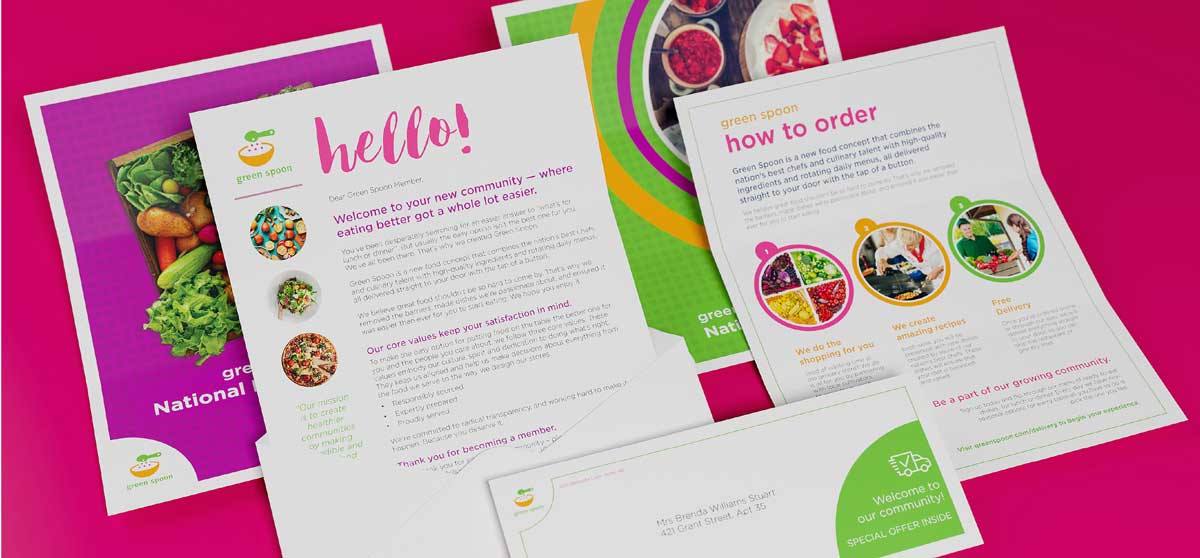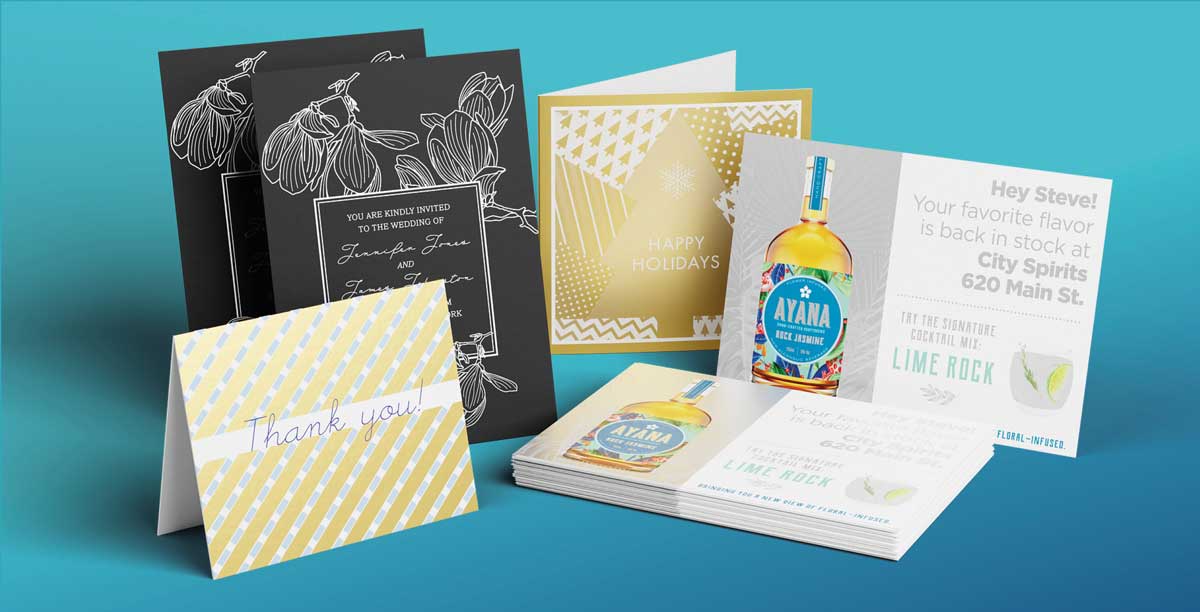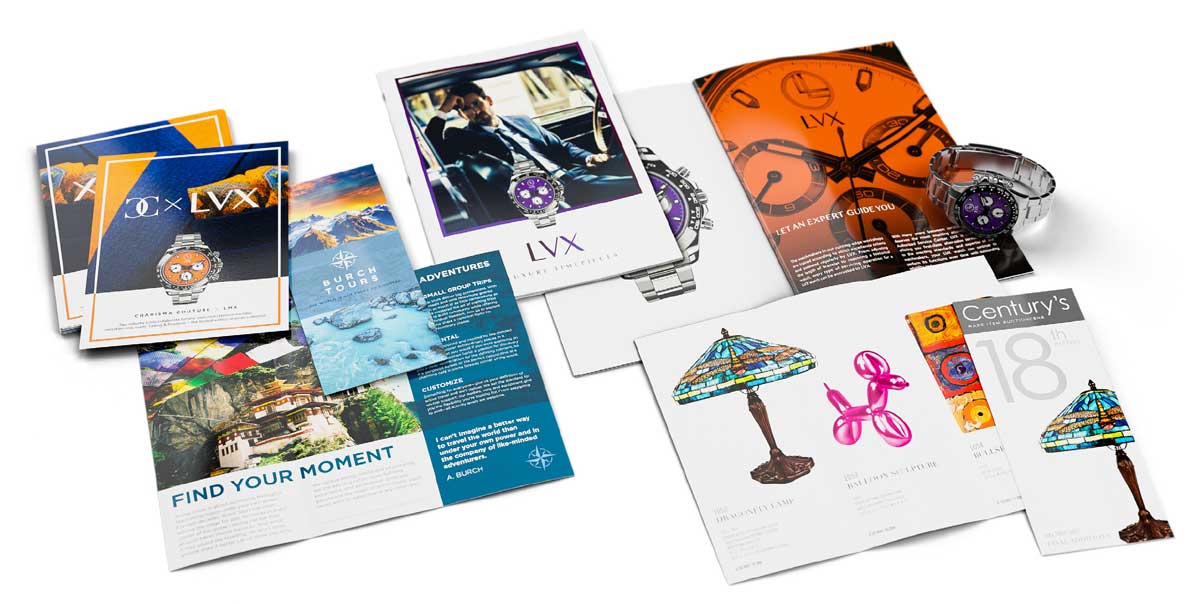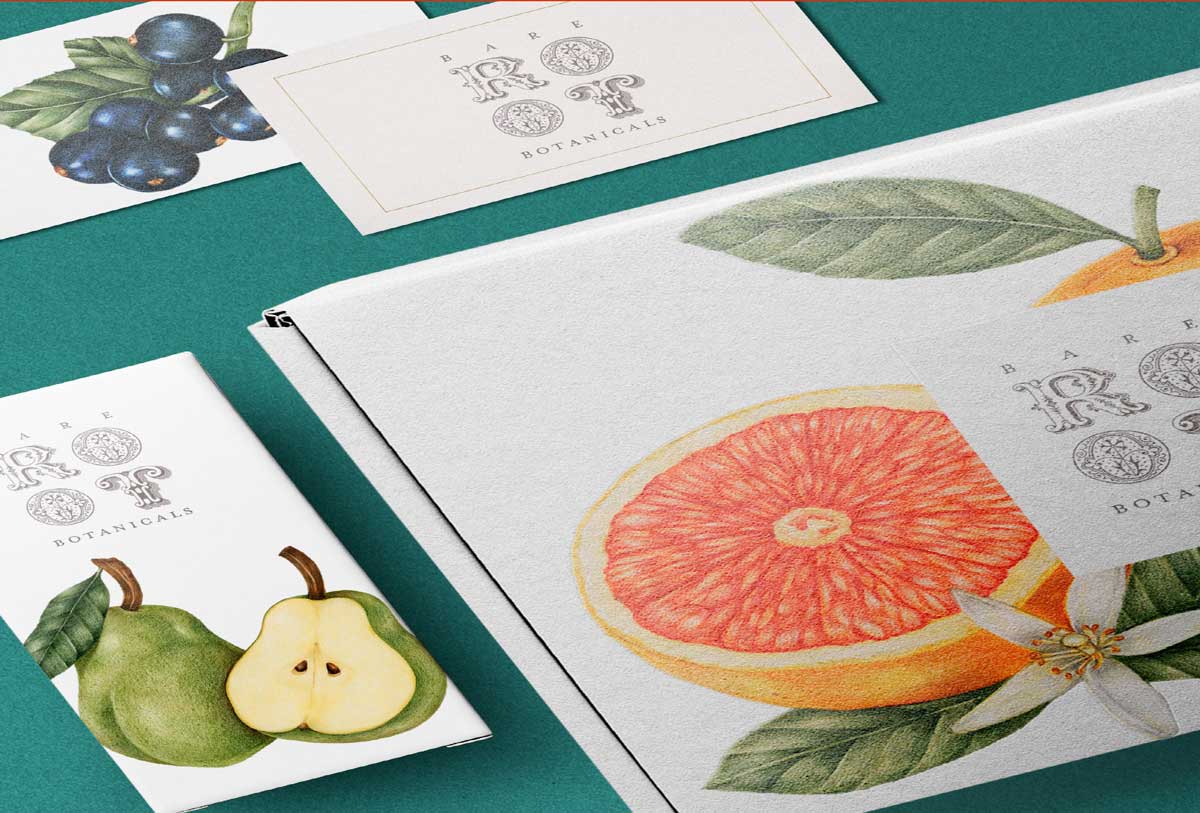Print
The benefits of print are real.

Print is seeing a resurgence with customers craving tangible experiences. Electronic communications are integrated into our daily lives, but print fills a need to physically engage with the real world. Print is inherently trusted, making customers prefer hard copies for brand communications. Print grabs the attention of customers, which helps businesses stand out in a crowded marketplace.
Print ignites our Senses
sight, touch, smell, sound and even taste.

Print is seeing a resurgence with customers craving tangible experiences. Electronic communications are integrated into our daily lives, but print fills a need to physically engage with the real world. Print is inherently trusted, making customers prefer hard copies for brand communications. Print grabs the attention of customers, which helps businesses stand out in a crowded marketplace.
Lasting
Paper is lasting. Print is not ephemeral.

Did you know that the average life of an email is 17 minutes whereas the average life of a printed piece is 17 days?
Printed pieces sit on a customer's desk, shelf or counter for a substantial amount of time.
Printed items do not dissipate when the computer or phone is turned off.
A letter written more than 50 years ago still has the power to move us.
Whether relaying information, a story or lifting our spirits, print is evocative.
The cards we keep, the ads we save and the books we read serve as information and decoration.
Printed pieces often become collectibles — look at the pieces on the refrigerator - all are reminders of the brands that created them.
Accessible
We don't need a digital device to read a printed piece.

Consumers are more likely to focus, absorb and retain information when reading printed work. People tend to remember passages in printed books or special offers written on direct mailers
Printed pieces sit on a customer's desk, shelf or counter for a substantial amount of time.
Printed items do not dissipate when the computer or phone is turned off.
A letter written more than 50 years ago still has the power to move us.
There are very few distractions - no beeps, alarms or notifications.
Consumers are more likely to focus, absorb and retain information when reading printed work.
People tend to remember passages in printed books or special offers written on direct mailers.
Readers are more willing to re-read something printed.
Print iated with a trusted source because it's less likely to be falsified or altered.
It also gives the recipient an increased sense of value, which can tip the scales in your brands favour.
Print enhances and complements the convenience that digital offers.
Tactile
If it's tactile, it's real.

A matte or gloss finish catches the eye and gives brands a premium look.
Printed pieces sit on a customer's desk, shelf or counter for a substantial amount of time.
Printed items do not dissipate when the computer or phone is turned off.
A letter written more than 50 years ago still has the power to move us.
It can be dimensional, heavy, light as a feather, textured, polished, smooth, rough or coarse.
For paper choice, heavier paper makes a profound statement in business cards, direct mail and other printed pieces.
Lighter paper allows for high-page-count books and specialty papers with embellishments to make direct mail stand out.
A matte or gloss finish catches the eye and gives brands a premium look. Print can be die-cut, folded and finished via a multitude of binding methods.
Embossing adds another sensory aspect to print. Raised lettering on a business card or invitation includes a level of sophistication.
Sending recyclable pieces shows customers that a brand respects the environment and values eco-friendly practices.
Eco-friendly
Sustainability and eco-friendliness are the standards in today's marketplace.

Trust us, your customers care. The impression a brand gives to customers influences purchases. Customers often prioritize the environment; paper is is the perfect opportunity for a brand to communicate its eco-friendly values and mission to customers. Promoting print and paper is ideal because they can be recyclable, sustainable and environmentally friendly.
